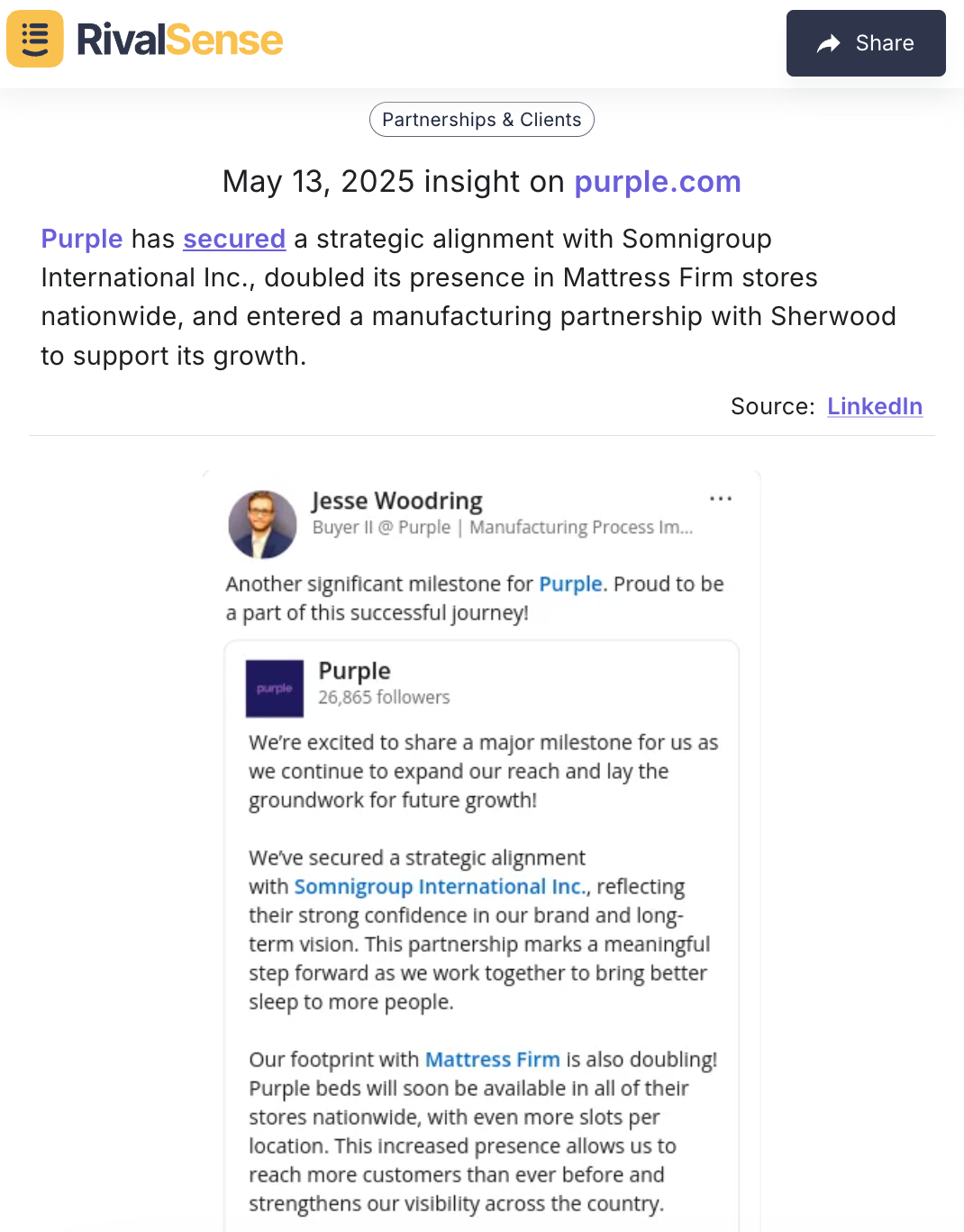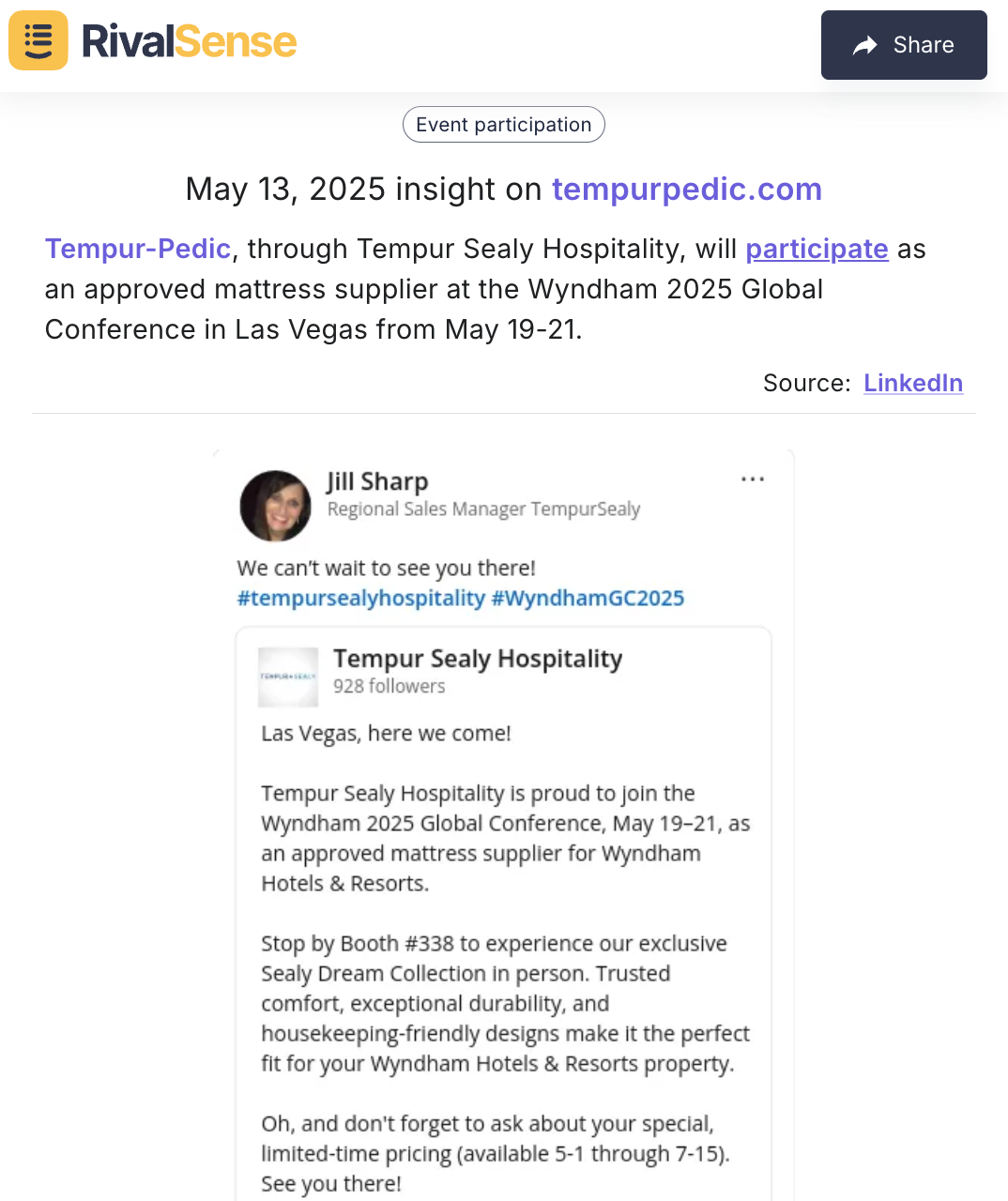B2B Growth Hacks: 3 Unconventional Partnership Strategies to Scale Your Startup
Scaling a B2B startup is rarely a straight path. Traditional tactics like paid ads or cold outreach often yield diminishing returns, leaving founders scrambling for alternatives. But what if you could tap into existing networks, leverage competitor movements, and co-create value with clients to accelerate growth? Partnerships—when executed creatively—can unlock asymmetric opportunities. Below are three unconventional strategies to transform how you collaborate, compete, and scale.
1. Build “Ecosystem Bridge” Partnerships
Your customers operate in complex ecosystems. While your product solves one pain point, their challenges often span multiple workflows. By partnering with non-competitive businesses in adjacent industries, you can address unmet needs and create bundled solutions that competitors overlook.
Imagine a CRM platform partnering with an invoicing software provider to automate client onboarding and payment processes. This “bridge” eliminates friction for shared customers while opening new revenue streams for both companies.
How to execute this:
- Map your customers’ hidden workflows: Survey clients to identify recurring tasks or tools they use alongside your product.
- Spot gaps in their ecosystem: Look for manual processes or disjointed systems where integration could save time or costs.
- Pitch symbiotic partnerships: Propose co-developed solutions that combine your strengths, such as API integrations or joint go-to-market campaigns.

2. Turn Competitor Moves Into Your Advantage
Staying ahead in competitive markets requires more than intuition—it demands systematic competitor intelligence gathering. By monitoring rivals’ partnerships, event appearances, or distributor agreements, you can intercept opportunities before they gain traction.
For example, if a competitor partners with a hotel chain to offer exclusive discounts, collaborate with the same chain to create a superior bundle. Or, if they secure a keynote slot at an industry conference, negotiate a prime booth location nearby to capture their foot traffic.
Actionable tactics:
- Leverage competitor tracking software: Use real-time alerts to identify rivals’ new alliances, event schedules, or retail expansions.
- Target shared channels: If a competitor increases shelf space in a retail chain, pitch dual placement by highlighting your unique differentiators.
- Hijack event visibility: Partner with conference organizers to host workshops or sponsor networking zones adjacent to competitor booths.

The importance of competitive intelligence lies in its ability to reveal patterns others miss. Tools that help you watch competitors’ moves enable proactive—not reactive—strategies.
3. Co-Create Partnerships With Your Clients
Your most valuable collaborators might already be paying you. Clients intimately understand industry pain points and can pinpoint partnership opportunities you’d never discover internally. Involve them in designing your alliance strategy to build loyalty and unlock high-impact ventures.
A cybersecurity startup, for instance, hosted quarterly workshops with enterprise clients and discovered a need for employee training content. They partnered with an e-learning platform to offer certified courses, which clients promoted internally—driving adoption for both partners.
Steps to implement:
- Host client co-creation sessions: Ask, “What partnerships would make your job easier?”
- Form a client advisory board: Have key accounts vet partnership ideas and prioritize initiatives.
- Offer incentives for referrals: Share revenue with clients who introduce successful partners.
The Bottom Line
Unconventional partnerships bypass crowded marketing channels and create win-win outcomes competitors can’t easily replicate. Whether bridging ecosystems, capitalizing on rival activity, or collaborating with clients, these strategies turn collaboration into a growth multiplier.
Your next move: Within 30 days, pilot one tactic. Map your customer ecosystem, set up competitor tracking software, or host a client workshop. The goal isn’t perfection—it’s momentum.
Have a partnership success story or roadblock? Share it in the comments—we’d love to hear what’s working (or not) for your startup.
